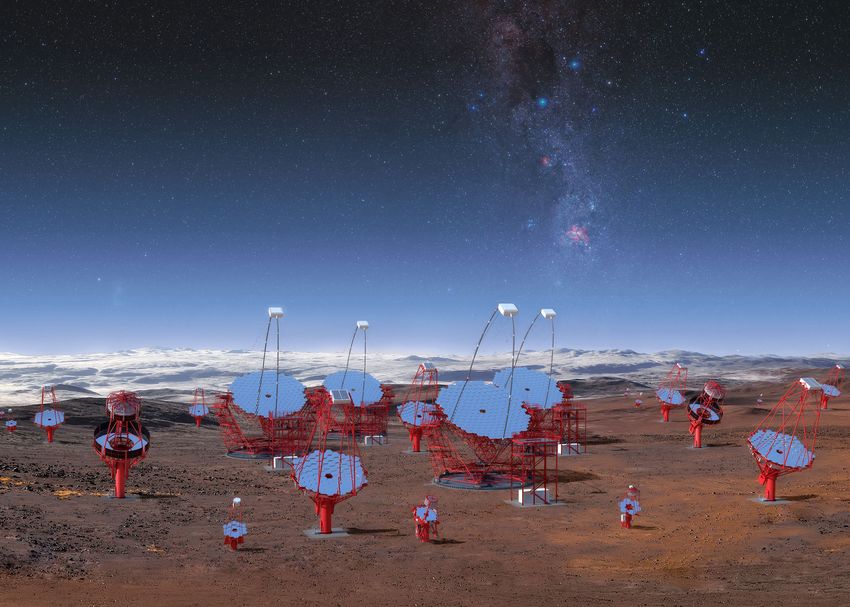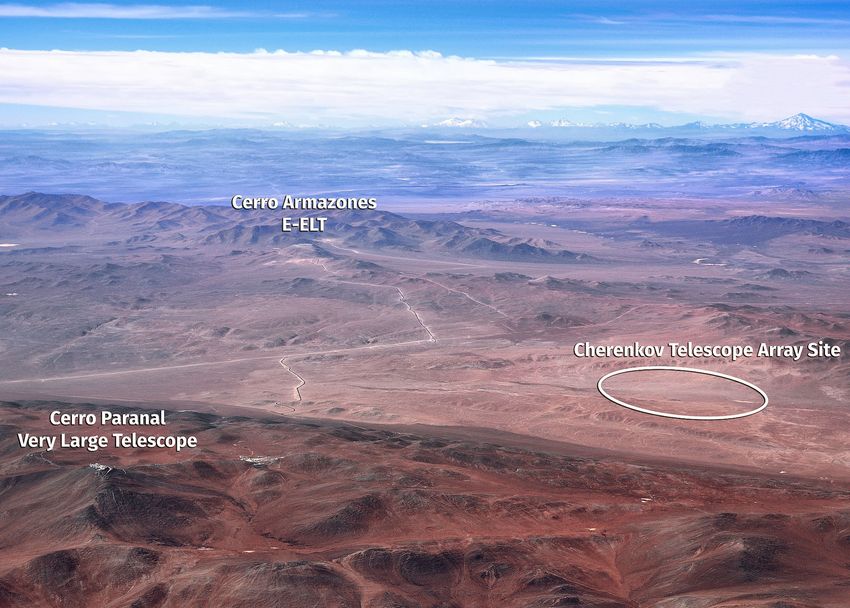With these agreements the CTAO will be able to begin construction on the southern site. The hosting agreement with the Instituto de Astrofísica de Canarias (IAC) is already in place to host CTA’s northern hemisphere array at the Observatorio del Roque de los Muchachos in La Palma, Spain. Construction on both the northern and southern arrays is expected to begin in 2020.
CTA (Cherenkov Telescope Array) will be the next generation ground-based instrument in the detection of gamma rays, which are very high-energy electromagnetic radiation emitted by the hottest and most powerful objects in the Universe — such as supermassive black holes, supernovae and possibly remnants of the Big Bang. To provide access to the whole sky, the CTA Observatory will have two sites, with 19 telescopes in the northern hemisphere and 99 in the southern hemisphere.
The Max Planck Institute for Physics leads the LST program, which is responsible for the design and construction of the Large-Sized Telescope, the largest telescope class in CTA. The prototype was inaugurated in October 2018, vanguarding three more LSTs on La Palma and four more on the new site in Chile.
CTA’s southern site is less than 11 kilometers southeast of the location of the Very Large Telescope at ESO's Paranal Observatory in the Atacama Desert, and 16 kilometers from the construction site of the upcoming Extremely Large Telescope. This is one of the driest and most isolated regions on Earth — an astronomical paradise. In addition to the ideal conditions for year-round observation, installing CTA at the Paranal Observatory brings the advantages of ESO’s expertise and infrastructure.

The telescopes of the CTA observatory on the southern hemisphere (Image: CTAO/M-A. Besel/IAC (G.P. Diaz)/ESO)

Next to the ESO telescopes VLT and ELT: The site of the southern hemisphere CTA array in the Atacama desert (Image: ESO)